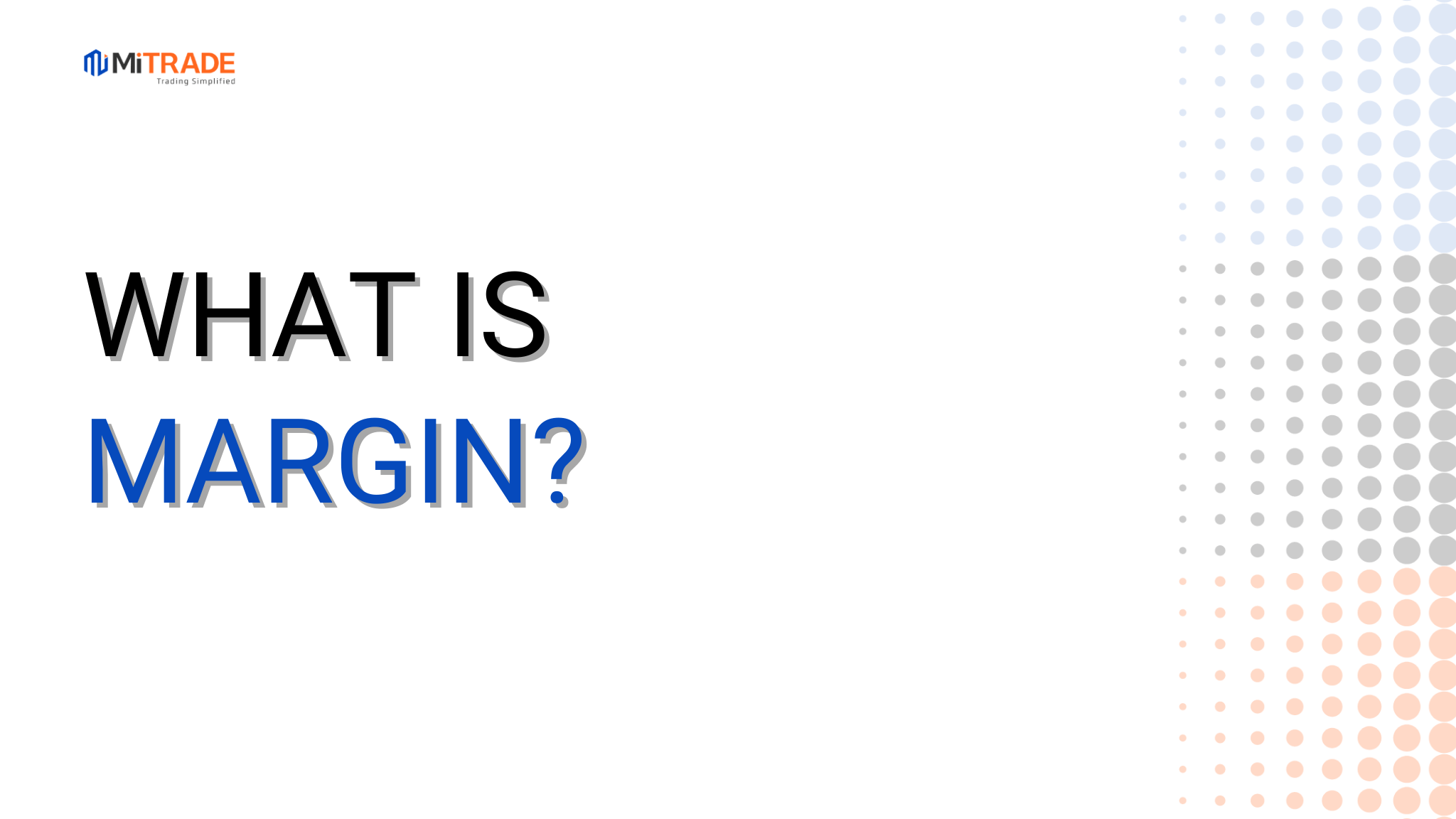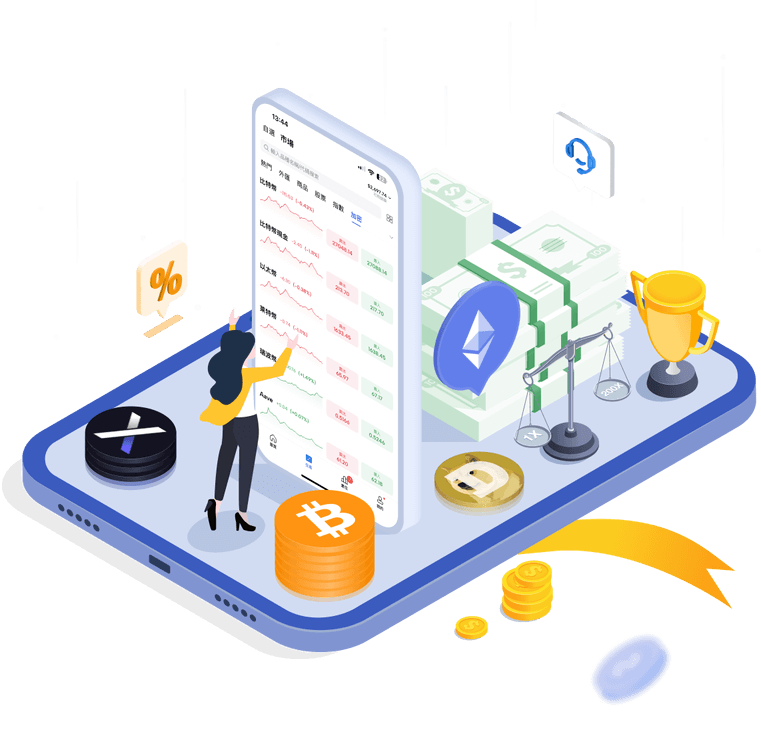
Margin refers to the funds borrowed from a broker to trade financial assets, allowing investors to leverage their positions. Margin trading enables traders to buy more assets than they could with just their own capital, increasing potential returns. However, it also amplifies risks, as losses can exceed the initial investment.
Understanding margin requirements and the mechanics of margin trading is crucial for effective risk management in financial markets.
1. Understanding Margin and Its Components in Trading
What is Margin in Trading?
Margin in trading refers to the amount of money that a trader must deposit to open a position using borrowed funds. It acts as a security deposit to cover potential losses and enables traders to leverage their investments, allowing them to control larger positions than their account balance would normally permit.
Components of Margin
Initial Margin:
This is the upfront amount required to open a leveraged position. It represents a percentage of the total trade size.
Maintenance Margin:
This is the minimum amount of equity that must be maintained in a margin account to keep a position open. If the account balance falls below this level, a margin call may occur.
Margin Call:
A request from the broker to deposit additional funds or close positions when the account equity falls below the maintenance margin.
To clarify how margin works, let’s explore the details of its components in the following sections.
2. What is the Initial Margin and How to Calculate It?
The margin is the amount of capital required in your account to start a transaction. Every time you initiate a new position, your account withholds a specific percentage of its capital or balance as the margin.
Margin is NOT a fee or transaction cost. It is simply the portion of funds that the broker sets aside from your account balance to keep your trade open, and to ensure that you can cover the potential loss of the trade.
For example, to control a $100,000 trade position, the broker will set aside $1,000 from your account as initial margin. This implies that you are managing a $100,000 trade position with an initial margin of $1,000.
The margin amount will only be “locked” for the duration of the trade. Once the trade is closed, the margin will be “released” back into your account, allowing you to take on new trades.
The price of the currency pair, the trading volume, and the margin level you choose determine the initial margin.. As a trader, you don’t need to calculate it yourself; the trading platforms often display this data based on your chosen factors, as I mentioned.
However, knowing how to calculate it will help you trade better in the long run.
Margin = current contract value * margin ratio (%).
When trading Forex, the amount of the margin is usually indicated in the base currency.
Suppose you open a trade with 200:1 leverage, equivalent to a 0.5% margin. If you open a mini-lot position, you don’t have to use the full $10,000; you only need to provide a margin of $50 ($10,000 × 0.5%=$50).

 0 commission, low spreads
0 commission, low spreads Diverse risk management tools
Diverse risk management tools Flexible leverages and instant analysis
Flexible leverages and instant analysis Practice with $50,000 risk-free virtual money
Practice with $50,000 risk-free virtual money 
3. What is the Maintenance Margin and How to Calculate It?
Maintenance margin is the minimum amount of money required in your account to hold a trade position. It is also known as “free margin”.
To maintain your open trades, you must keep sufficient funds in your account to meet the maintenance margin. This requirement ensures that your equity remains equal to or above 50% (or as amended on the website from time to time) of the total initial margin paid on the entire account.
The broker has the right to close your positions if your equity drops below the maintenance margin level.
Let’s see how the maintenance margin is calculated:
Maintenance margin = real-time contract value * maintenance margin ratio (%).
Maintenance margin ratio (%) = margin ratio (%) * 50%
For example; if you have paid $1000 in initial margins, your equity must not fall below $500.
If your trade starts to make a loss, your initial margin may no longer be enough to keep it open. In this instance, the broker will ask you to increase the funds in your account, this is called a “Margin Call”.
Assuming the number of trades hasn't changed, you may meet the maintenance margin with the $1000 already paid as initial margin. However, if your trades deteriorate to an equity of $400, you will need to deposit an additional $100.00 to bring your account equity back to the maintenance margin level.
4. What is a margin call? How to avoid and fix it when happens
As I mentioned, a margin call occurs when the value of your trading account falls below a certain threshold, known as the maintenance margin. This typically happens if your trades incur losses, and your account doesn’t have enough equity to maintain those positions.
4.1 How to Avoid a Margin Call
Monitor Your Trades: Regularly check your account balance and the performance of your trades to stay informed.
Use Stop-Loss Orders: Set stop-loss orders to automatically close trades at a predetermined loss level, limiting potential losses.
Keep Extra Funds in Your Account: Maintain a buffer of additional funds to help cover potential losses and prevent a margin call.
Trade with Lower Leverage: Using lower leverage reduces the risk of significant losses that can lead to a margin call.
4.2 How to Fix a Margin Call
If you receive a margin call, don't panic; you have a few options:
Deposit More Funds: Add money to your account to increase your equity above the maintenance margin level.
Close Some Positions: Sell off losing trades to free up margin and improve your account balance.
Adjust Your Trading Strategy: Consider changing your approach to minimize risk and avoid future margin calls.
By understanding what a margin call is and taking proactive steps, you can protect your trading account and manage risks effectively.
5. Summary
Margin or Initial Margin, is the “security deposit” required for you to open a trade position.
Maintenance Margin or Free Margin, is the minimum funds required in your account to keep your trades running.
Margin and Leverage goes hand-in-hand, it will amplify both gains and losses. Your broker may execute a margin call to liquidate positions without prior consent in the event of a loss.
6. FAQs about margin in trading
#What are the risks of margin trading?
Margin trading carries significant risks, including the potential for large losses that exceed your initial investment. It can also lead to a margin call if your account equity falls too low.
# What are effective risk management strategies in margin trading?
Traders should set stop-loss orders to limit potential losses, diversify investments to spread risk, and regularly monitor margin levels to avoid margin calls. Additionally, maintaining a cash cushion in the account can help manage volatility. These practices help mitigate the amplified risks associated with margin trading.
#What is the difference between initial margin and maintenance margin?
Initial margin is the amount required to open a trading position, while maintenance margin is the minimum equity needed to keep that position open. If your equity falls below the maintenance margin, you may receive a margin call.
#Can I trade without margin?
Yes, you can trade without margin by using a cash account, where you must fully fund each trade without borrowing. This approach reduces risk but limits your buying power compared to margin trading.
Before making any trading decisions, it is important to equip yourself with sufficient fundamental knowledge, have a comprehensive understanding of market trends, be aware of risks and hidden costs, carefully consider investment targets, level of experience, risk appetite, and seek professional advice if necessary.
Furthermore, the content of this article is solely the author's personal opinion and does not necessarily constitute investment advice. The content of this article is for reference purposes only, and readers should not use this article as a basis for any investment decisions.
Investors should not rely on this information as a substitute for independent judgment or make decisions solely based on this information. It does not constitute any trading activity and does not guarantee any profits in trading.
If you have any inquiries regarding the data, information, or content related to Mitrade in this article, please contact us via email: insights@mitrade.com. The Mitrade team will carefully review the content to continue improving the quality of the article.



